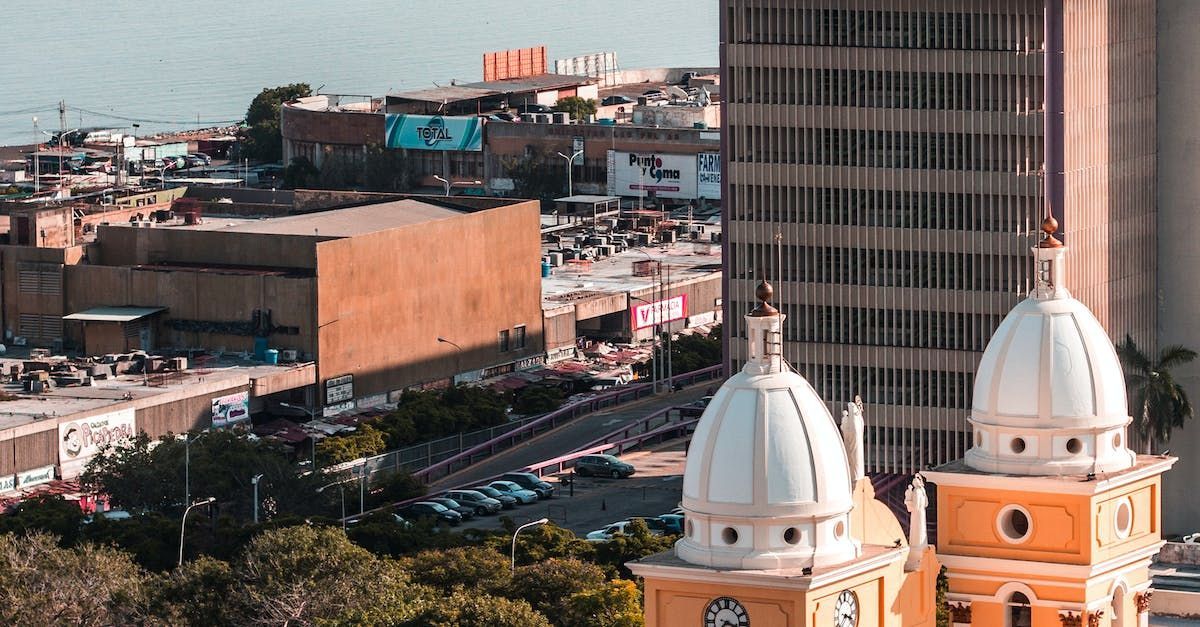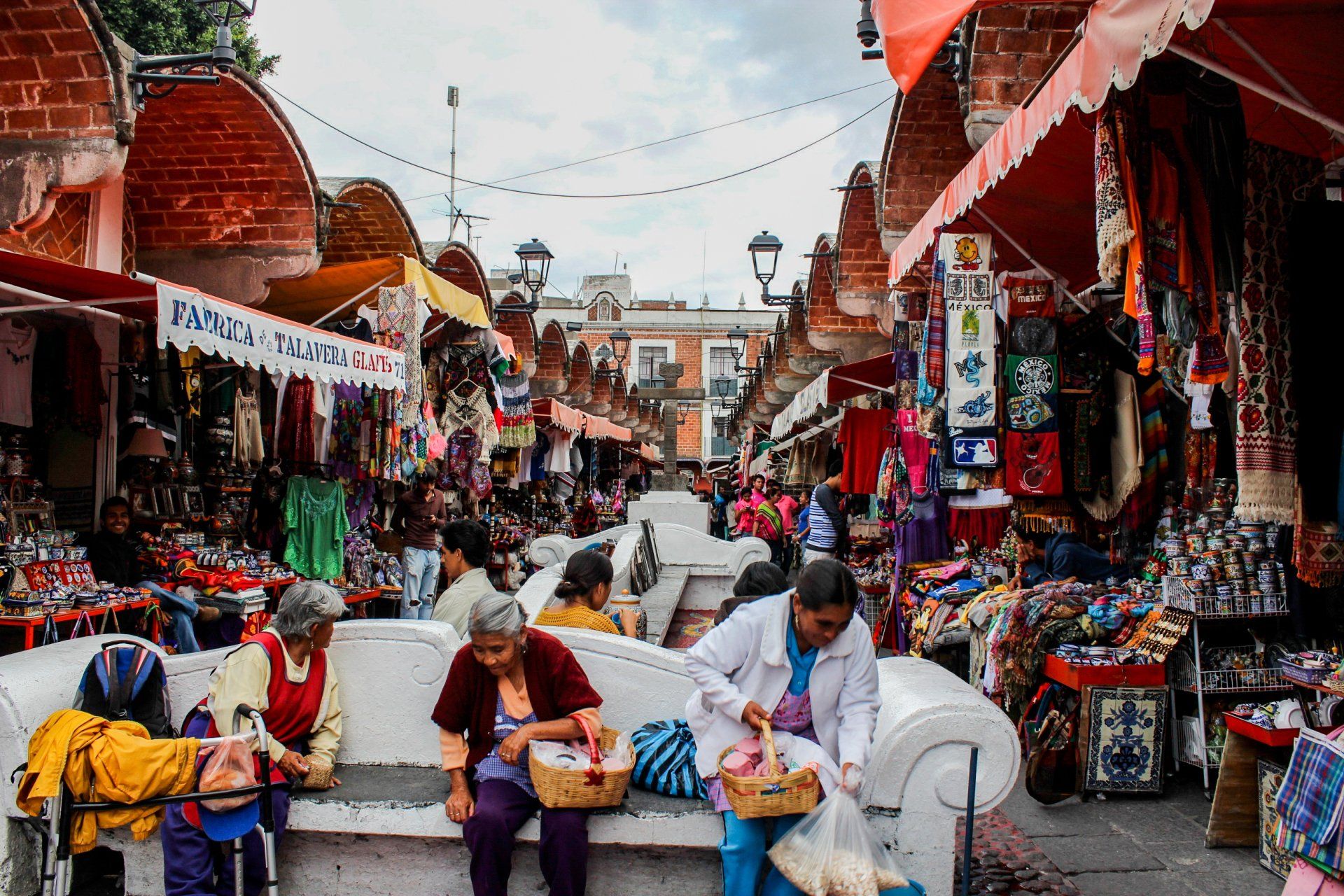A Comprehensive Review of Economic Trajectories and Geopolitical Realities in LatAM
The Reality of Latin America Today

Introduction
Latin America is a dynamic region marked by vast economic potential, diverse economies, and equally diverse political systems. As of 2023, the region continues to navigate the course set by the global pandemic and other challenges unique to it. This article will provide an in-depth analysis of the current economic state of the top economies in Latin America, namely Brazil, Mexico, Argentina, Colombia, and Chile, while also highlighting the significant geopolitical issues and tensions in the region.
Brazil: A Giant Trying to Stand Up
As of 2023, Brazil remains the largest economy in Latin America, boasting a GDP of approximately $2.055 trillion. However, the nation continues to grapple with the aftermath of the economic fallout of the pandemic, political instability, and ongoing environmental concerns related to deforestation in the Amazon region.
President's economic reform agenda faces opposition from both Congress and the public, which has slowed its implementation and, consequently, economic recovery. Furthermore, inflation is on the rise, currently at 6.4%, well above the Central Bank's target 2.
Mexico: Navigating Through Turbulence
Mexico, the second-largest economy in the region, has shown resilience amidst a global crisis. However, it faces several challenges, including increasing drug-related violence, ongoing migration issues with its northern neighbor, the United States, and the occasional political standoff with the same over trade agreements 3.
With a GDP of $1.276 trillion in 2023 4, Mexico's economic recovery has been sluggish due to the ongoing effects of the pandemic, dependence on oil revenues, and policy uncertainty under President López Obrador's administration.
Argentina: Wrestling with Debt and Inflation
Argentina, with an economy severely affected by long-standing inflation and debt issues, is grappling with a GDP estimated at $449 billion as of 2023 5. As a nation heavily reliant on exports, geopolitical tensions with trade partners have impacted economic recovery.
Despite these challenges, Argentina has been steadfast in pursuing debt restructuring agreements with creditors, including the IMF, to stabilize its financial condition 6. The socioeconomic issues tied to the nation's economic situation remain a cause for concern, as poverty and unemployment rates continue to rise.
Colombia: Striving for Stability in Uncertainty
Colombia, despite experiencing ongoing internal conflict, has remained relatively stable economically. With a GDP of approximately $344 billion 7, it is Latin America's fourth-largest economy.
However, the country has been struggling with ongoing protests against government reforms and an increase in drug trade-related violence. This unrest has impacted investor confidence and has put a strain on its economic recovery 8.
Chile: The Stalwart of Stability
Chile stands as an oasis of economic stability in Latin America, boasting the highest GDP per capita in the region at $26,317 9. However, social unrest that led to a new constitution process in 2020-2022 has created political uncertainty.
Chile's export-led economy, particularly its vast copper reserves, has remained largely resilient. But it remains to be seen how the changes brought by the new constitution will affect the country's economic model 10.
Geopolitical Realities
Latin America, as a region, is not immune to the geopolitics of larger global powers. The United States' policies towards the region, China's growing influence in Latin America, and the internal political dynamics within countries all play significant roles in shaping the economic trajectories of these nations 11.
Increasingly, trade tensions, drug-related violence, political instability, and issues related to immigration and refugees are becoming important factors in shaping the economies of Latin American countries 12.
Conclusion
Latin America's diverse economies continue to navigate a complex landscape shaped by both external geopolitical forces and internal sociopolitical realities. The region's economic prospects are intricately tied to these realities. As the world steps into the post-pandemic era, the trajectories of these economies will continue to evolve, shaped by the dynamic interplay of economic, social, and political factors.
Our task is to continue to watch, engage, and contribute to this region's development, acknowledging the challenges and appreciating the potential.
Footnotes
- "World Bank: Brazil", World Bank, 2023. ↩
- "Brazil Economic Outlook", FocusEconomics, May 2023. ↩
- "Mexico and the US: A Complicated Relationship", Council on Foreign Relations, 2023. ↩
- "World Bank: Mexico", World Bank, 2023. ↩
- "World Bank: Argentina", World Bank, 2023. ↩
- "IMF and Argentina Reach Preliminary Agreement", International Monetary Fund, 2023. ↩
- "World Bank: Colombia", World Bank, 2023. ↩
- "Why Are Colombians Protesting?", Americas Quarterly, 2023. ↩
- "World Bank: Chile", World Bank, 2023. ↩
- "Chile's New Constitution: Challenges Ahead", Carnegie Endowment for International Peace, 2023. ↩
- "The New Geopolitics of Latin America", Journal of Latin American Studies, 2023. ↩
- "Latin America’s Economies Are Facing a Year of Peril", The Economist, 2023. ↩







